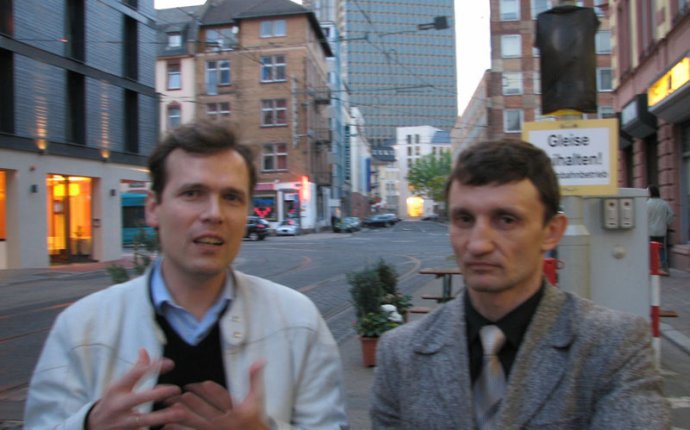
Computer Note Schedule
Today, anyone who has anything to do with music is aware of the value of printed notes. This value is measured not only by paint and paper costs. But even if it is said that the notes are a reflection or a record of the conspirator's design, their significance will still be underestimated. The need for printing can be seen from the fact that it has come a difficult way from artisanal copying to computer systems of recruitment and off-site printing. For many centuries, the masters of different countries have worked to make a note in printed publications beautiful and convenient to transmit not only specific executive directions but also the general aesthetic design of the composer.
In this regard, the musical note gives much more freedom than the usual writing: the estetic perception is influenced by many parts of the notebook, their mutual location, the intervals between them (the air), the distribution of musical material on the lines and pages, the ranks, the details of the executive directions and many others.
The seal was created at a time when the musical note took a form close to the one that is common to us today, for which it is natural to combine several horizontal musical plastics (batches, instruments, voices, swaps) into a single flow with special vertical and horizontal patterns. By the time the first notes were printed, there was already a system for the written display of time relationships in music. All subsequent developments in the nominating systems have not altered these two essential features of the note: horizontal and temporal ranges. This difference in the note from the text presented a fairly high number of requirements that had been successfully met at different stages of science and technology development.









